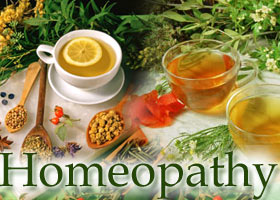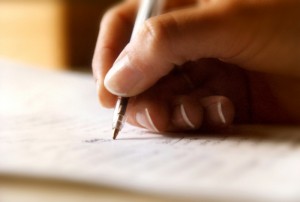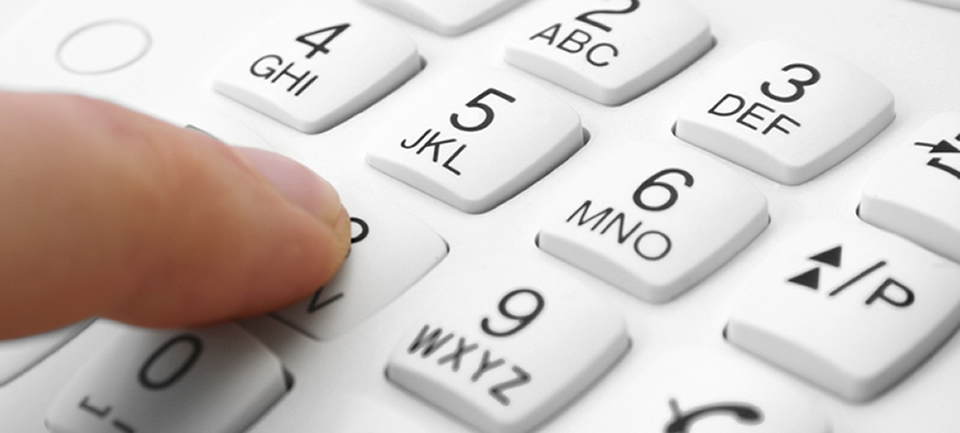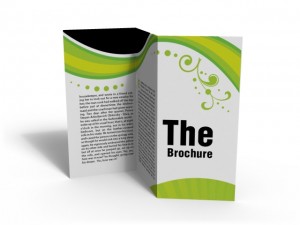Christian Friedrich Samuel Hahnemann was born in Meissen, Germany, on April 10, 1755 as son of a porcelain painter. After attending grammar school and later the Prince’s School of St. Afra in Meissen, he started studying medicine at the University of Leipzig in 1775.
In order to support himself, he taught foreign languages and, as in later years, lived principally from translations. In 1777 he moved to Vienna in Austria, where the medical faculty was one of the most modern of its time. After two further years in Hermannstadt in Siebenbürgen he finished his medical training and graduated in 1779 with a thesis on the causes and treatment of spasmic conditions (Conspectus adfectum spasmodicorum aetiologus et therapeuticus) at the Universtity of Erlangen, Germany.
In 1779 he qualified as a doctor and started practice in Hettstedt. Soon, Hahnemann left his profession “In order to stop running the risk of doing wrong . . .”, as he wrote later. He was extremely dissatisfied with the therapeutical methods of his time. Although scientific advances were beginning to be seen in the fields of chemistry, physics, physiology and anatomy, the clinical practice of medicine however was rife with superstition and lack of scientific rigor. The treatment of the day such as purgatives, bloodletting, blistering plasters, emetics and medicaments in toxic doses lacked a rational basis and was usually more harmful than effective. Hahnemann, a fierce critic of the medical methods of these days, wrote ardent reproaches on current practices in several papers on topics such as arsenic poisoning, hygiene, dietetics and psychiatric treatment.
In 1781 he started a practical pharmaceutical training at a pharmacy (Mohren-Apotheke), one year later he married the apothecary’s daughter Leopoldine Henriette Küchler and they had eleven children.
The decisive turn in Hahnemann’s life came in 1790 while he was translating a book called Materia medica by the Scotsman William Cullen, one of the leading physicians of the era. In his book Cullen ascribed the usefulness of the Peruvian bark (Cinchona) in treating malaria to its bitter and astringent properties. Hahnemann wrote a bold footnote in his translation, disputing Cullen’s explanation. Hahnemann asserted that the efficacy of the Peruvian bark must be for other factors, since there existed other substances and mixtures of substances decidedly more bitter and more astringent than Peruvian bark that were not effective in treating malaria. This induced him to undertake an experiment (in homeopathy known as proving) with Peruvian bark on himself. He described his taking repeated doses of Peruvian bark himself until his body responded to its toxic dose with fever, chills and other symptoms similar to malaria. Hahnemann concluded that the reason the substance was beneficial was because it caused symptoms similar to those of the disease it was treating. So he hit on the idea that pharmaceutical substances might be able to eliminate a disease when there in a position to create similar symptoms in a healthy person.
Over the following years, Hahnemann carried out further provings. He tested a wide variety of some 100 substances – plants, minerals and animals – on himself, his family, his friends and his colleagues. The observations he made were very similar to those he had gained form the Peruvian bark trial.
In 1796 he presented the results of his drug provings in an “Essay on a New Principle for Ascertaining the Curative Powers of Drugs, with a Few Glances at Those Hitherto Employed” (Versuche über ein neues Prinzip zur Auffindung der Heilkräfte der Arzneisubstanzen nebst einigen Blicken auf die bisherigen).This is generally considered to mark the birth date of homeopathy.
It was then when the latin phrase “similia similibus curentur” meaning “let likes be cured by likes”, the main principle of homeopathy, was coined for the first time. This principle is a restatement of those already formulated by the Greek physician Hippocrates. Hahnemann believed that the artificially induced disease (caused by the remedy) would push aside the pathologic disturbance in the vital force and replace it with this new, pharmacologically-induced disturbance in the vital force. The body could then overcome this induced disturbance and recover.
Nevertheless, it took until 1810 for Hahnemann to present a first comprehensive summary of his new doctrine in a book entitled “Organon of Rational Healing”. This work provided instructions for a new method of healing based on the rule of similars. He gave detailed instructions on investigating drug effects, on anamnesis and examinations of patients and the rational selection of a remedy. Important notes on hygiene and diet were added.
In 1811 Hahnemann settled in Leipzig and was bestowed a professorship. Between 1811 and 1821 six volumes of this “Doctrine of Pure Medicine” were published, based on the protocols obtained from homeopathic provings and arranged according to a special systematic design (from head to foot). Hahnemann discovered that unmodified starting substances were sometimes able to produce reactions of great violence in patients. He first of all tested the method of reduction nearest at hand: dilution. His principle of dilution states that the lower the dose of the medication, the greater its effectiveness. Hahnemann also discovered that an additional succession of the dilution increases its impact. In homeopathy, substances are dynamized stepwise and shaken vigorously between each step. This process referred to as “potentisation” is believed to transmit some form of information or energy from the original substance to the final diluted remedy.
In 1821 Hahnemann moved to Köthen and served as a physician to Duke Ferdinand of Anhalt-Köthen. He soon became very famous and had a successful medical practice. Here he started his late work, revising and completing the system already established in his early works and further editions were issued. In 1828 a whole series of observations led him to publish, his “Chronic Diseases” in five volumes where he presented three chronically progressing pathological units with their symptoms an the relevant remedies.
In 1830 Hahnemann’s wife died. At that time patients from all over Europe came to Köthen to be treated by Hahnemann (for instance the violinist Paganini). A French woman, Marie Mélanie d’Hervilly, aged 30, also consulted Hahnemann. Later they both moved to Paris where they married in 1835. His work in France was principally characterized by extensive work in his medical practice. In the last years of his life he reedited his “Organon of Healing”, which was to become the sixth edition (although it was not published until many years later) and developed the so-called Q potencies (or LM potencies). Hahnemann died in Paris on July 2, 1843 at the age of 88. In South Asia, homeopathy probably goes back to 1839, when Dr. Martin Honigberger, who was a student of Hahnemann, cured a maharaja.
Soon homeopathy spread all over South Asia and numerous homeopathic schools and clinics were founded. Today, it is the world’s biggest stronghold of homeopathy. Until today homeopathy plays an important role in modern medicine. The essential findings of Hahnemann are still of great importance and have been developed further. Different schools of homeopathy developed besides the classical line, which is closely based on Hahnemann’s ideas. In everyday practice, prescription in accordance with “proven indications” has found widespread use. There have been many other attempts to simplify the process of remedy finding contrary to the original procedures like the administration of a number of potentized remedies in one dose (therapy with complex medicines) or the testing of homeopathic remedies on the patient employing various measuring instruments. Even these days some homeopaths test new substances (drug provings) to create new homeopathic remedies in the same way as Hahnemann did.
As Hahnemann had postulated: “Imitate me, but imitate me correctly.”









